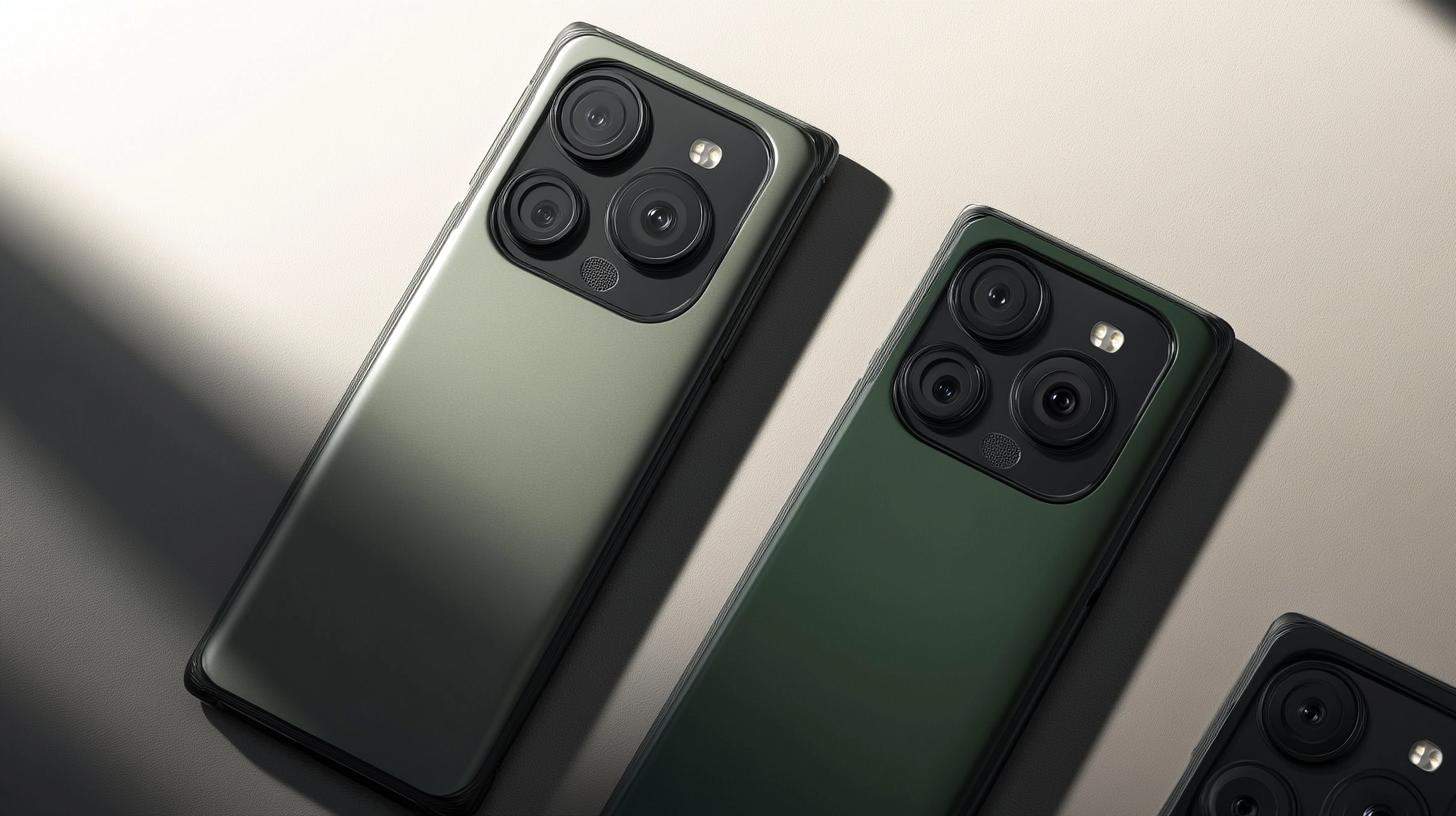The smartphone landscape is bustling with excitement as tech giants gear up to introduce their latest innovations. 2025 promises a dazzling array of devices, each brimming with advanced features and unique designs that will capture the attention of tech enthusiasts worldwide.
The OnePlus 13, expected to debut in China by December 2024, targets budget-conscious consumers by packing flagship performance into a more affordable package. A groundbreaking 6000mAh battery aims to set new standards for longevity, while the Snapdragon 8 Elite chip promises top-tier speed. With its elegant infinity display and improved camera technology developed in partnership with Hasselblad, the OnePlus 13 stands ready to compete fiercely in the global market.
Asus takes gaming seriously with the ROG Phone 9, scheduled for a November 2024 launch. Aimed squarely at gamers, this phone features stunning LED aesthetics, robust build quality, and dual USB-C ports for seamless connectivity. It promises an impeccable gaming experience with the Snapdragon 8 Elite and a versatile three-camera system for both traditional and game-centric photography.
Late 2024 will see the Xiaomi 15 Series making waves, boasting enhanced AI-powered cameras and competitive pricing. With its latest Snapdragon 8 Elite chip, the series aims to deliver improved AI performance for gaming and photography, offering high-end features while maintaining affordability.
Launching on October 30, 2024, the Honor Magic 7 presents AI innovations designed to reinvent user interaction, coupled with stunning design changes and superior camera capabilities. Honor targets a wide audience by combining cutting-edge technology with appealing aesthetics.
Apple’s iPhone SE 4 enters the affordable segment in early 2025, offering a modern design with updated features. Its anticipated USB-C transition is expected to streamline connectivity alongside a crisp 6.1-inch OLED display.
Samsung’s Galaxy S25, arriving in January 2025, is predicted to impress with a powerful 8 Elite chipset and exceptional AI functionalities. The lineup focuses on sleek design and high-quality OLED panels, maintaining the brand’s reputation for innovation.
Finally, the Google Pixel 9a, launching in early 2025, promises affordable excellence with impressive camera capabilities and enhanced AI features. It balances cost and performance, staying true to the Pixel’s legacy of delivering premier technology at a budget-friendly price.
The Future of Smartphones: Hidden Features and How They Will Transform Our Lives
In the ever-evolving world of technology, 2025 is poised to bring a plethora of innovations to the smartphone industry, with each new release offering unique advancements and imaginative improvements. However, beyond the much-anticipated models and features, there are several underlying developments and trends that could significantly impact individuals, communities, and nations alike.
Rising Competition and Its Impact on Consumers
The smartphone battle is no longer merely about hardware capabilities; it has become a fierce competition of ecosystems, services, and brand loyalty. As companies like OnePlus, Asus, and Samsung roll out competitive models with top-tier chips like the Snapdragon 8 Elite, consumers are being presented with more choices than ever before, often at more affordable prices. This increased competition is excellent for consumers as it drives down prices, enhances technology, and pushes for more robust after-sales services.
Ethical and Environmental Concerns
As the production of smartphones increases, so too do concerns about ethical sourcing of components and e-waste management. Are these companies taking sustainable approaches in their manufacturing processes? Many consumers are demanding transparency regarding the origins of materials such as rare earth metals and the working conditions in factories. Initiatives are underway to make devices more recyclable and reduce environmental impact, yet these efforts often fall short of what’s needed for significant change.
Impact on Health and Society
A crucial question arises—what is the impact of these devices on our health and social behaviors? With features such as enhanced AI-powered cameras and gaming capabilities present in devices like the Asus ROG Phone 9 and Xiaomi 15 Series, there is a potential risk of increased screen time affecting mental and physical well-being. Communities need to implement strategies that promote healthy tech usage habits, especially among younger users who are drawn to gaming and social media apps.
Advantages and Disadvantages: A Closer Look
The advantages of these new smartphones are clear: improved performance, cutting-edge design, and enhanced functionalities that make everyday tasks more seamless. However, the disadvantages must also be acknowledged. As these devices become increasingly integrated into our lives, concerns about privacy and data security also grow. How secure are these devices against hacking attempts? Are users’ personal data adequately protected?
Technological Innovations vs. Cultural Shifts
While technological advancements are exciting, they also bring about cultural shifts that may not always be positive. The new AI innovations in models like the Honor Magic 7 and the Google Pixel 9a can dramatically change user interaction, but they may also lead to a dependency on technology that stifles creativity and critical thinking.
In conclusion, 2025 will undoubtedly be a landmark year for smartphones, with their capabilities continuously evolving to meet the desires of tech-savvy individuals. However, as we embrace these innovations, it’s essential to balance the excitement with caution, ensuring that the benefits do not come at the expense of ethical, environmental, or societal concerns.
For more information on smartphone trends and their global impact, visit GSMArena or TechRadar.







